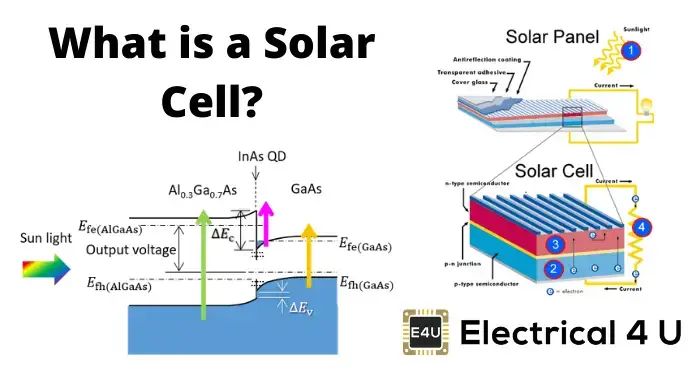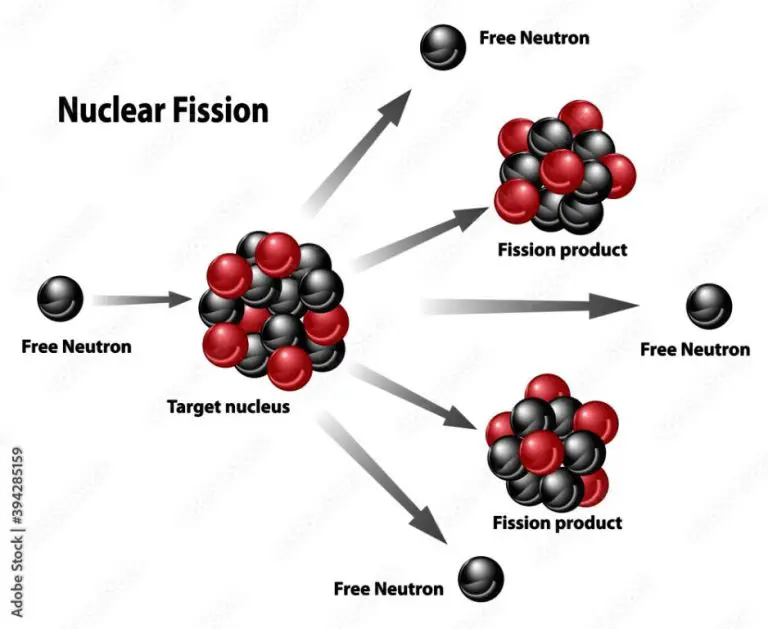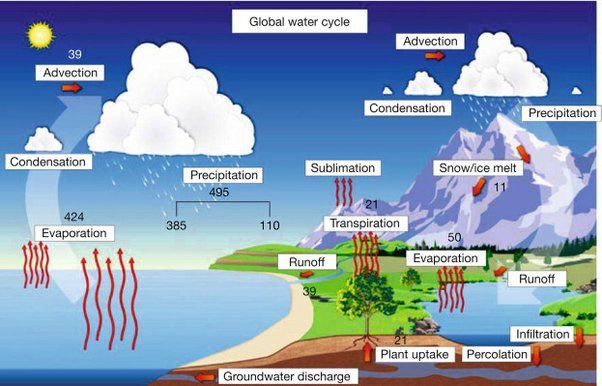Are Pv Cells And Solar Cells The Same?
Photovoltaic (PV) cells and solar cells are terms that are often used interchangeably, but there are some differences between the two technologies. PV cells are specifically engineered to convert sunlight into electricity, whereas solar cells is a broader term that can refer to PV cells as well as other technologies that utilize energy from the sun.
However, in common usage PV cells and solar cells generally refer to the same thing – devices that generate electricity directly from sunlight through the photovoltaic effect. The photovoltaic effect refers to the generation of voltage or electric current in a material upon exposure to light. PV cells are made from semiconducting materials like silicon that exhibit the photovoltaic effect.
So in summary, PV cells are a specific type of solar cell that converts sunlight into electrical energy through the photovoltaic effect. While the terms are sometimes used interchangeably, solar cell is a more general term that can also refer to other solar energy technologies besides PV.
Definition of Photovoltaic (PV) Cells
Photovoltaic cells, commonly known as PV cells, are devices that convert sunlight directly into electricity using the photovoltaic effect. The photovoltaic effect refers to the generation of voltage and electric current when a material is exposed to light. PV cells are made of semiconducting materials such as silicon that exhibit the photovoltaic effect. When sunlight strikes the PV cell, the energy from the photons of light excite the electrons in the semiconducting material, causing them to break free from their atoms. This generates electron-hole pairs and leads to a voltage difference between the two sides of the PV cell. The electron-hole pairs are swept by the built-in electric fields in the PV cell to produce an electric current. In this way, PV cells can convert sunlight into electricity without any mechanical/moving parts or environmental emissions during operation.
Definition of Solar Cells
Solar cells, sometimes called photovoltaic cells, are devices that convert sunlight into electricity. They are made up of semiconducting materials, most commonly silicon. When sunlight hits the solar cell, the energy from the photons of light excites the electrons in the solar cell. This allows the electrons to break free and flow through the material, producing electricity. This process of converting light (photons) to electricity (voltage) is called the photovoltaic effect, which is where the term photovoltaic comes from.
Similarities Between PV and Solar Cells
PV cells and solar cells share some key similarities in how they function and are constructed. Both types of cells convert sunlight directly into electricity through the photovoltaic effect. When sunlight hits the semiconductor material in the cells, the energy knocks electrons loose, allowing them to flow freely and produce an electric current. This conversion of light (photons) to electricity (voltage) is known as the PV effect.
In addition, PV and solar cells are made from semiconductor materials like silicon, which enable the PV effect to take place. The most common material for both types is crystalline silicon, though other semiconductor materials like gallium arsenide can also be used.
Furthermore, both PV and solar cells produce direct current (DC) electricity rather than alternating current (AC). The DC current can then be converted into AC through the use of inverters if needed for certain applications and devices.
So in summary, PV and solar cells are similar in that they convert sunlight into DC electricity through the photovoltaic effect in semiconductor materials like silicon.
Differences Between PV and Solar Cells
The main difference between PV and solar cells is that PV cells are a specific type of solar cell that generate electricity from light through the photovoltaic effect. Solar cells is a broader term that encompasses all devices that convert light into electricity, including PV cells.
While PV cells can only generate electricity from light, solar cells can also utilize other methods to produce electricity from light. For example, concentrated solar thermal cells focus sunlight to heat a liquid and produce steam to drive a turbine. This difference highlights that PV cells rely solely on the photovoltaic effect to produce electricity directly from light.
Additionally, some solar cells utilize hybrid systems to improve efficiency. For instance, some concentrated solar photovoltaic systems combine PV cells with solar thermal technology, using lenses or mirrors to focus additional sunlight onto the PV cells. However, PV cells on their own convert light into electricity through a single, photovoltaic process.
In summary, the key distinction is that photovoltaic cells are a specific type of solar cell that relies exclusively on the photovoltaic effect to generate electricity from sunlight. Solar cells encompass all light-converting devices, including but not limited to photovoltaic technology.
Types of Solar Cells
There are several different types of solar cells, each with their own advantages and disadvantages. The main types include:
Silicon Cells
Silicon solar cells are the most common type used today. They are made from silicon wafers, either monocrystalline or polycrystalline silicon. Monocrystalline silicon is more efficient but more expensive. Polycrystalline silicon is cheaper to produce but slightly less efficient.
Thin-Film Cells
Thin-film solar cells are made by depositing photovoltaic material in thin layers onto a substrate like glass, plastic or metal. Types of thin-film cells include cadmium telluride (CdTe), copper indium gallium selenide (CIGS) and amorphous silicon (a-Si). Thin-film cells are less efficient than crystalline silicon but cheaper to manufacture.
Organic Cells
Organic solar cells, also called plastic solar cells, are made from thin films of organic semiconductors like organic dyes or pigments. They are lightweight, flexible and inexpensive to produce, although less efficient than other types. Organic cells are an emerging and promising new solar technology.
Applications of PV and Solar Cells
Photovoltaic cells and solar cells have many different applications and uses. The most common application is in solar panels that generate electricity directly from sunlight. PV cells are used extensively in rooftop and utility-scale solar panel systems to produce renewable electricity.

In addition to solar panels, PV cells are also commonly used to power small devices like calculators, watches, and light sensors. Their ability to directly convert light into electricity makes them well-suited for powering electronics and IoT devices.
PV and solar cells are also widely used in satellites and spacecraft. In space applications, their ability to continuously generate electricity from sunlight is extremely useful. Solar cells provide power for communication, instrumentation, and controls on satellites and space probes.
Overall, the main applications of photovoltaic and solar cells lie in solar electricity generation, powering small consumer electronics, and providing power for spacecraft and satellites. Their direct light-to-electricity conversion allows them to be used anywhere that receives sunlight.
Efficiency
The efficiency of a PV or solar cell refers to what percentage of the sunlight striking the cell gets converted into electricity. There are some key differences in typical efficiencies between various types:
- Monocrystalline silicon PV cells: 15-20% efficiency
- Polycrystalline silicon PV cells: 13-16% efficiency
- Amorphous silicon thin film PV cells: 5-7% efficiency
- Cadmium telluride (CdTe) thin film PV cells: 8-12% efficiency
- Copper indium gallium (di)selenide (CIGS) thin film PV cells: 10-12% efficiency
- Multi-junction concentrator PV cells: Over 40% efficiency in lab tests
In general, crystalline silicon cells tend to have the highest efficiencies but cost more. Thin film technologies like amorphous silicon and CIGS tend to have lower efficiencies but are cheaper to manufacture. Multi-junction cells can achieve very high efficiencies by using multiple semiconductor layers, but are complex and expensive.
Cost
The cost of PV and solar cells has declined significantly over the past few decades. In the 1970s, solar panels cost over $75 per watt. Today, prices are below $0.50 per watt for utility-scale solar projects. This represents a 99% drop in costs.
There are several factors driving down costs:
- Economies of scale – As production volumes increase, manufacturers benefit from economies of scale and improved efficiencies.
- Technological improvements – New technologies like thin-film solar allow for lower material and production costs.
- Supply chain development – Mature supply chains and standardized manufacturing processes reduce costs.
- Competition – A global market with many suppliers drives competition and puts downward pressure on pricing.
Industry experts predict solar pricing will continue to decrease. The Department of Energy has set cost targets of $0.25 per watt for utility solar and $0.15 per watt for residential rooftop solar by 2030. Further technological innovations and market expansions should enable these cost declines.
Conclusion
In summary, while photovoltaic cells and solar cells have differences in technical details, they fundamentally refer to similar technologies for converting sunlight into electricity. At their core, both PV and solar cells rely on the photovoltaic effect to absorb photons and release electrons. The terms are sometimes used interchangeably, but solar cells tend to refer specifically to cells used in solar panels, while photovoltaic cells is a broader term that encompasses solar cells along with other applications. Despite nuances, PV and solar cells share the ability to provide renewable solar energy in an eco-friendly manner. With improved efficiency and reduced costs, they continue to hold great promise for meeting the world’s energy needs.




